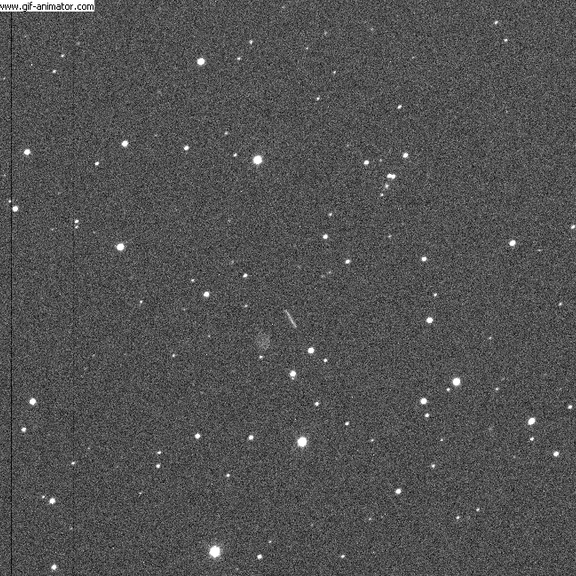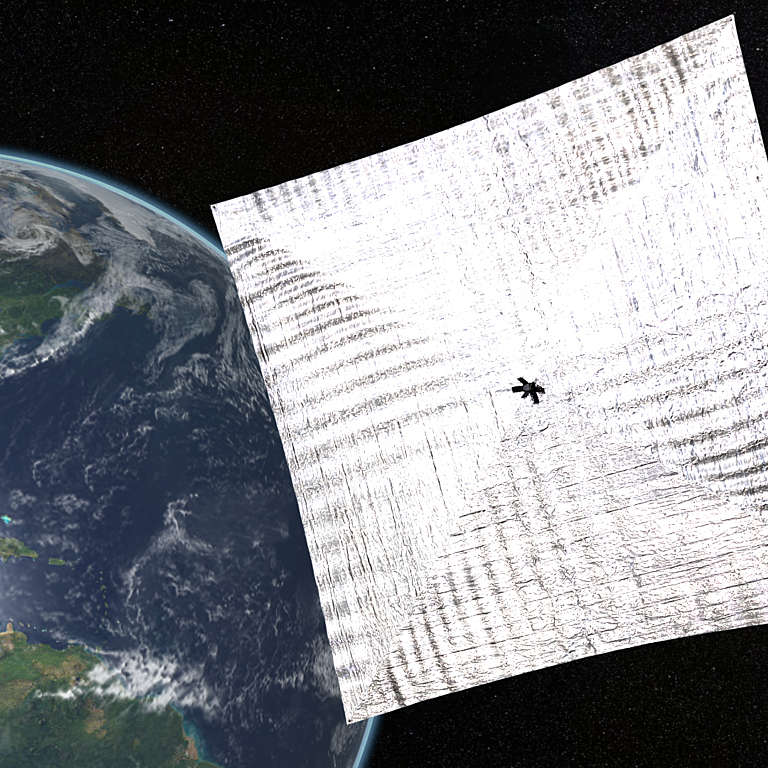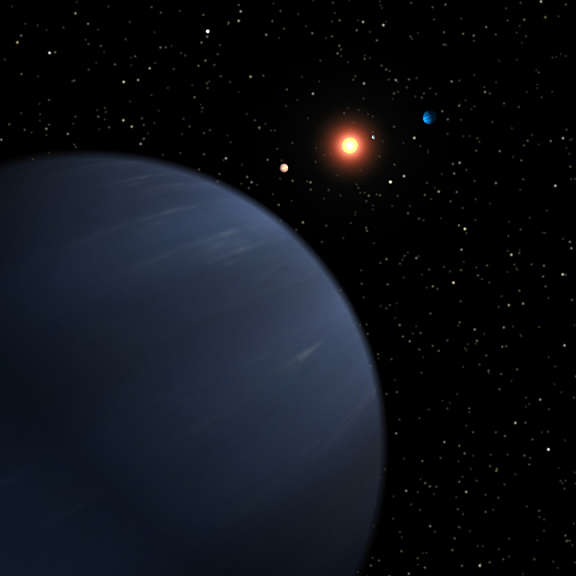All
All
Stories, updates, insights, and original analysis from The Planetary Society.
Updates on the 2007 Shoemaker NEO Grant Recipients (27 April 2009)
Our 2007 Shoemaker NEO Grant winners have been extremely busy over the past two years. Take for example Quanzhi Ye of Guangzhou, China: He was only 18 when he received the award but already the principal investigator of the sky survey at the Lulin Observatory in Taiwan.
More from the Planetary Defense Conference: Shoemaker Grant Winners
More from the Planetary Defense Conference: Shoemaker Grant Winners
Solar Sail Update: New Opportunities
At the beginning of this decade, we designed a mission to accomplish this goal. We launched Cosmos 1 in June 2005, but the Volna rocket that was to place the spacecraft in orbit failed, and we were never able to test our solar sail in flight. These days, The Planetary Society is working with colleagues at NASA and at the Russian Space Research Institute to put together a new solar sail mission.
Quake Catcher Network: SETI@home Spinoff Tracks Earth-Shakers
One of the youngest off-springs of SETI@home has been getting a great deal of attention recently. Known as the Quake-Catcher Network (QCN), this distributed computing project makes use of thousands of volunteers' computers to locate and track earthquakes.
Updates on the 2007 Shoemaker NEO Grant Recipients (27 June 2008)
Amateur astronomers play a critical role in retiring the risk of impact from near-Earth objects. When the Shoemaker NEO Grant program began in 1997, the focus was on finding previously undiscovered objects one kilometer in diameter and larger. Thanks to professional NEO survey programs like LINEAR (the Lincoln Near-Earth Asteroid Research program run by MIT’s Lincoln Laboratories) and the Catalina Sky Survey (run from the University of Arizona’s Lunar and Planetary Laboratory), the goal of discovering the vast majority of large NEOs is within reach, and the focus of the Shoemaker NEO Grant Program has shifted to astrometric follow-up and physical studies.
New Developments on the Road to Cosmos 2
The Planetary Society and Cosmos Studios remain committed to flying the first flight with light. Our spacecraft, Cosmos 2, is a maneuverable solar sail that may be the precursor to a new mode of interplanetary travel, and could one day take us to the stars.
Phoenix Sol 2 press conference, in a nutshell
Emily hits the high points of today's press conference.
Mars Climate Sounder Collects 20 Millionth Sounding
Last week Mars Climate Sounder collected its 20 millionth sounding at Mars. Mars Climate Sounder is scanning without problems, collecting science observations of the atmosphere of Mars. Mars Climate Sounder has now been observing Mars for over 17 months (three quarters of a Mars year and also approximately three quarters of the Mars Reconnaissance Orbiter primary science mission).
From SETI@home to Hominid Fossils: Citizen Cyberscience Reshapes Research Landscape
In the beginning was SETI@home, the first large-scale volunteer computing project, launched in 1999 with seed money from The Planetary Society. Within months the project had millions of volunteers around the world joining to form the most powerful computer network ever assembled.
Cosmos 2
A letter from the Executive Director to the members and supporters of The Planetary Society.
No descent images or sounds from Phoenix
A couple of days ago Malin Space Science Systems (MSSS) issued a news notice that explains some of the horse-trading that went on behind the scenes to rescue MARDI, the descent imaging camera that they are building for the Mars Science Laboratory rover.
Planetary System Detected Around SETI@home Target Star
A fully formed planetary system, with five different planets of varying sizes and orbits has been found, orbiting a star more than 40 light years away. Significantly, it is the very same star, 55 Cancri, that was one of the chief targets of the SETI@home reobservations at Arecibo in March 2003.
Planetary Society's Optical SETI Telescope Offers Online View of Night sky
The Planetary Society's Optical SETI Telescope was built solely to search for possible light signals from alien civilizations. Located at Oak Ridge Observatory in Harvard, Massachusetts, it is the first dedicated Optical SETI telescope in the world. Its 72-inch primary mirror also makes it larger than any optical telescope in the U.S. east of the Mississippi river.
Making Light Work
Professional Pilot Magazine asked me to contribute a prediction about the future of flight for the next century. Naturally, I wrote about solar sailing.


 Explore Worlds
Explore Worlds Find Life
Find Life Defend Earth
Defend Earth


 Sun
Sun Mercury
Mercury Venus
Venus Earth
Earth Mars
Mars Jupiter
Jupiter Saturn
Saturn Uranus
Uranus Neptune
Neptune Small Bodies
Small Bodies







